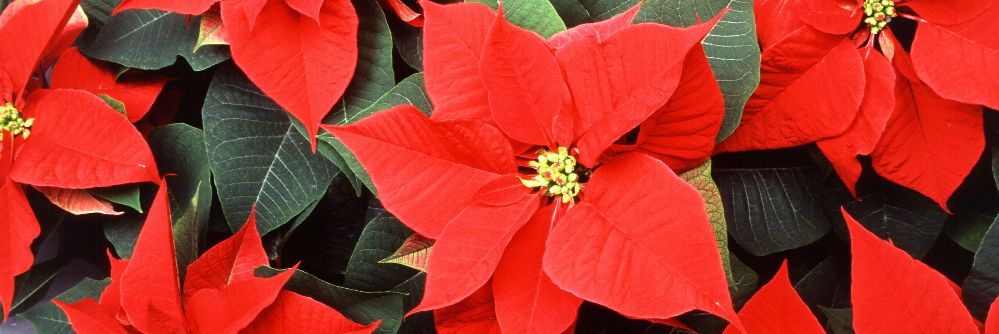
The beautiful plant we all recognize today as the Poinsettia has a long, foreign, and interesting history. This beloved Poinsettia plant has some deep historical roots that might surprise us.
A Mexican legend tells of a poor child with no gift for the church altar on Christmas Eve. He gathers humble weeds from the roadside as his only gift and places them on the altar. A Christmas miracle was witnessed by the congregation that evening when the weeds turned into brilliant red and green flowers and are now considered to be a symbol of purity.
A Central American native, the plant flourished in areas of Southern Mexico. The ancient Aztecs found it blooming in the tropical highlands during the short days of winter and named it “Cuetlaxochitl.” The Aztecs used the plant for practical purposes. They extracted purple dye from it for use in cosmetics, and milky white sap (latex) was used to treat fevers.
The plant was introduced into the United States by Joel Roberts Poinsett, who was an amateur botanist, in the year 1825. Joel was the first United States Ambassador to Mexico. Since he became so enchanted by these brilliant red blooms, he immediately sent some plants home to the U.S. The plant was named after Joel and is also known as the Mexican Flame Leaf, Winter Rose, Noche Buena, Christmas Star, and in Turkey, Ataturk’s Flower. December birth flowers are red, white, or pink.
Today, the Christmas Poinsettia is known as such because it can be found naturally blooming/growing only for a short period of time during the Christmas season. The flower remains one of the most frequently sold and delivered Christmas decorations in America. It symbolizes good cheer and success. They are said to bring wishes of joy and celebration and make great gifts for friends and family. They are also a lovely addition to your home décor. So, make this holiday season bright and beautiful with this Christmas flower “Poinsettia.”




